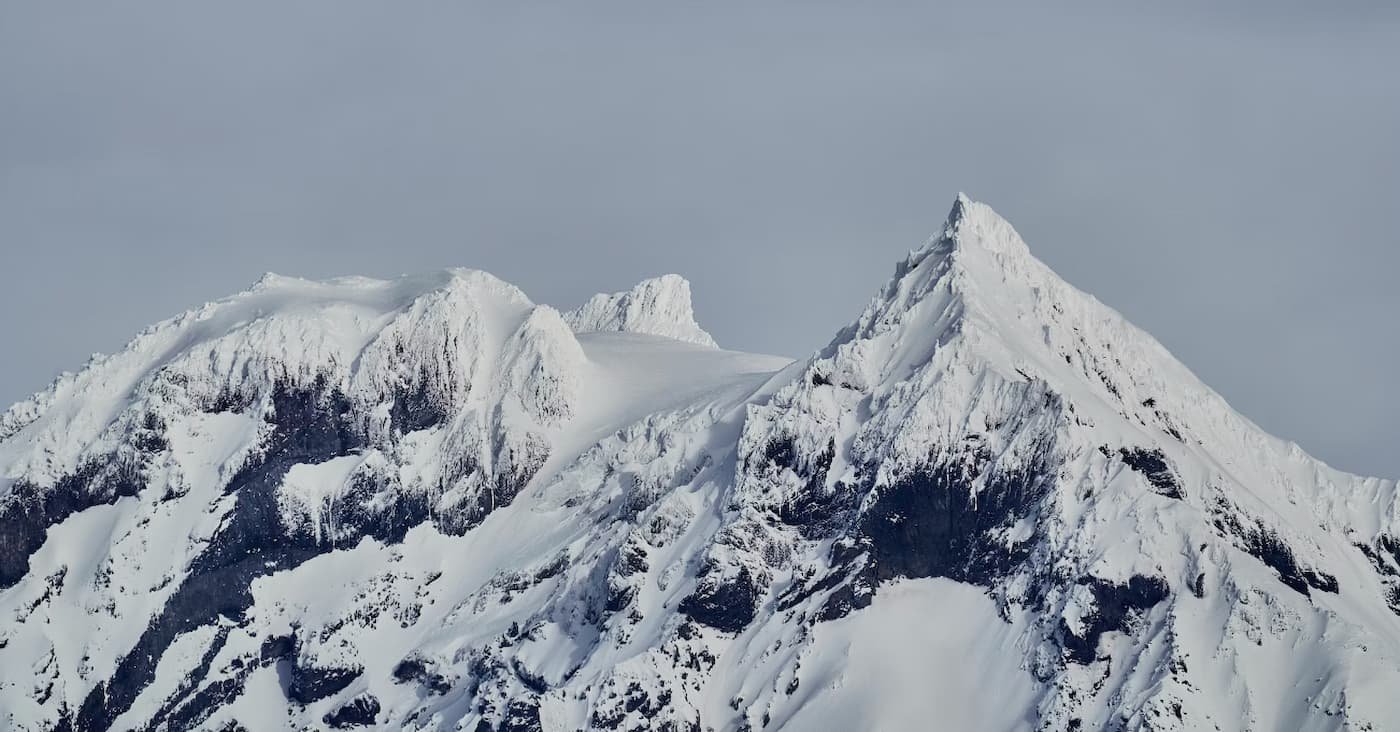
Mount Garibaldi has the highest volcanic threat in Canada but is one of the least studied volcanoes, despite being part of the well-known Cascade Volcanic Arc, according to new research recently published in the Canadian Journal of Earth Sciences.
The researchers assessed 28 Canadian volcanoes regarding their relative threats to people, aviation, and infrastructure. Two Canadian volcanoes (Mt. Garibaldi and Mt. Meager) were found to be in the very high threat category. Three Canadian volcanoes (Mt. Cayley, Mt. Price, and Mt. Edziza) were in the high-threat category, while one volcano (Mt. Silverthrone) was in the moderate-threat category.
Sign up for local news alerts from Squamish Reporter
The study found that even the most threatening Canadian volcanoes, including Mount Garibaldi and Mount Meager, aren’t monitored at levels recommended by internationally recognized strategies. Melanie Kelman, a volcanologist at the Geological Survey of Canada and coauthor of the new research, hopes their results will help decision-makers prioritize additional monitoring for Canada’s most threatening volcanoes.
“We found that many Canadian volcanoes, including most in the very high and high threat categories, have not been studied in detail,” Kelman said. “It’s tough to convince people that this is necessary.”
The researchers produced an overall threat score for each of the 28 volcanoes studied based on the likelihood of events like lava flows, landslides, and explosions and the possibility that such events would affect people and property. Mount Garibaldi and Mount Meager were ranked in the “very high” threat category, while Mount Cayley, Mount Price, and Mount Edziza were ranked in the “high” threat category.
The remaining 23 volcanoes ranged from “moderate” to “very low” threats.
Sign up for local news alerts from Squamish Reporter
The researchers also gave each volcano a “knowledge uncertainty score” based on the amount of information scientists have collected about it. Kelman said that the lack of knowledge about Canadian volcanoes and the challenge of risk perception makes it difficult to prioritize monitoring and research efforts. She added that many Canadians aren’t even aware that they live near volcanoes.
Unlike in the United States, where many people still recall the eruption of Washington’s Mount St. Helens in 1980, there is no living memory of an eruption in Canada. “We hope that our analysis will spur future research and monitoring, especially at the five very high and high threat volcanoes,” Kelman said.
A different version of this story was first published in Eos, an award-winning science news magazine by AGU.




Kirsten Andrews says
I’d be really interested for the Squamish Reporter to follow up and see what the experts recommend for residents who live near these very high and high threat volcanoes.